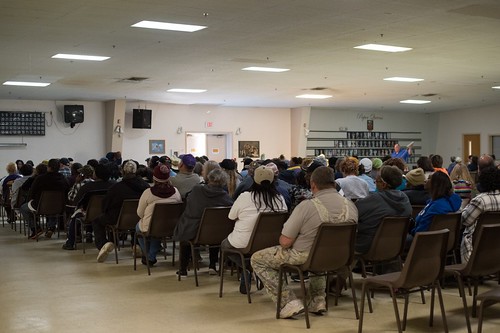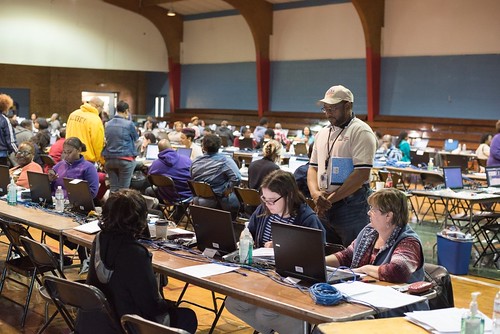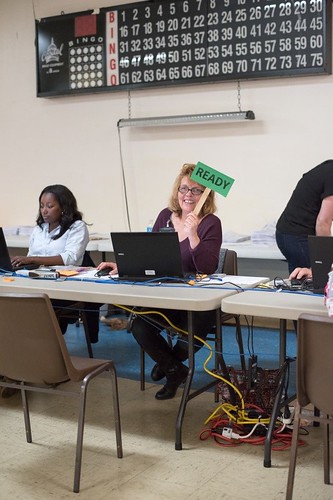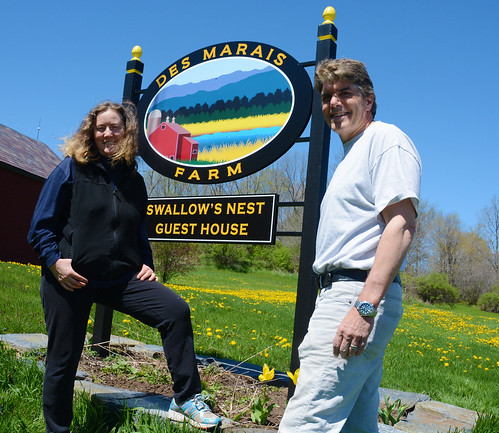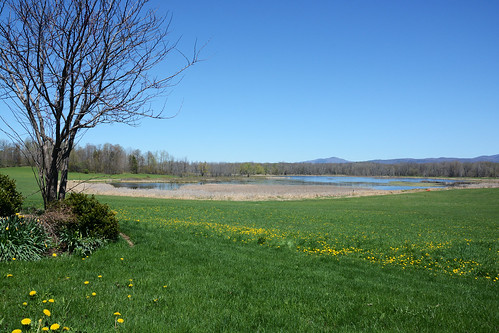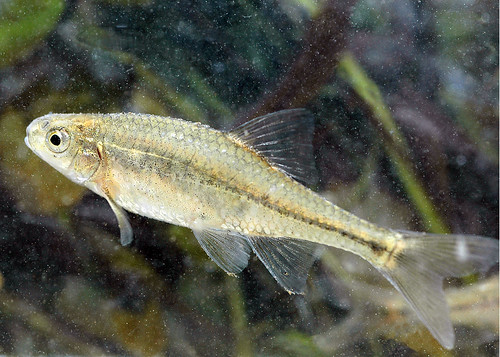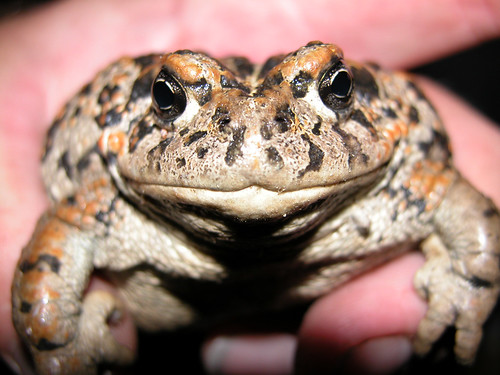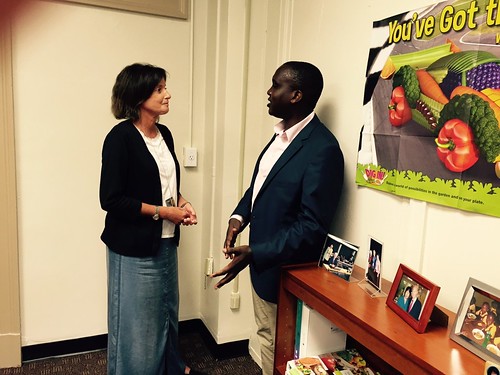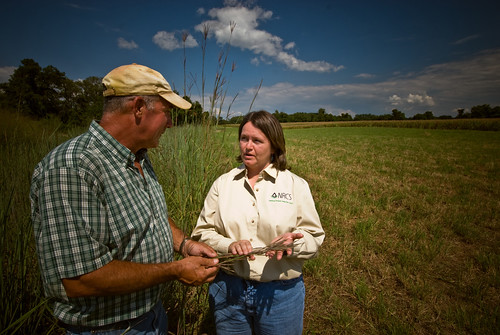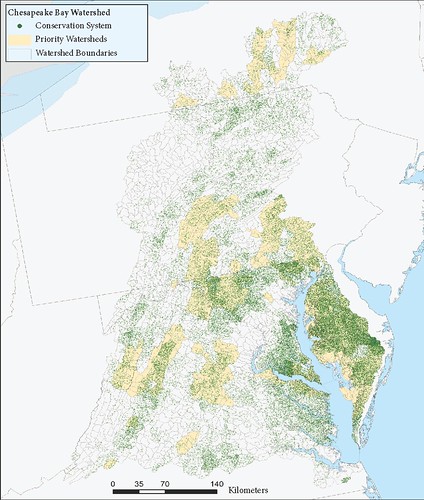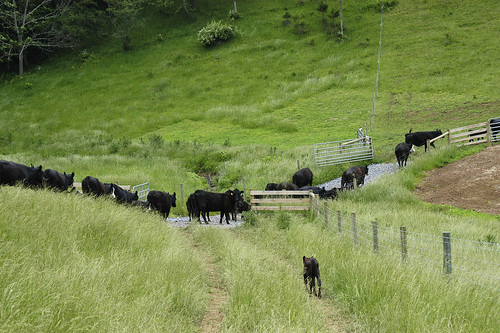
Cortez Middle School students sampling produce from the garden.
From the west coast to New England, rural communities across the country are implementing community food systems’ strategies. The projects are bringing more local food into school meals, promoting healthy eating habits and expanding markets for American farmers and producers.
The USDA Farm to School Grant Program is proud to support these efforts. Over the past four years, approximately four out of ten schools impacted by the program are in rural communities. We look forward to supporting similar projects in the future and are currently accepting applications for Fiscal Year (FY) 2017 funding. Visit our grant opportunities page for more information.
To celebrate the release of the FY 2017 RFA, we are highlighting two projects that are having a big impact in their communities.
Supporting Farm to School in Southwest Colorado
Mancos Conservation District’s Montezuma School to Farm Project provides hands-on experiences for students through integrated school garden classes, nutrition education, farm field trips, youth farmers markets, and summer farm camps. Additionally, their collaborations help facilitate regional product aggregation and distribution, connecting regional producers and schools. The project works primarily in Montezuma County and partners with organizations that serve La Plata County, both of which are in rural Southwestern Colorado. And with the help of a FY 2016 USDA Farm to School Grant, the team established a production farm and greenhouse on the site of Cortez Middle School in Cortez. The team also established a heritage apple orchard, expected to produce over 50,000 pounds of fruit annually!
And these efforts are having a big impact – in 2015, the program logged more than 26,000 student education hours reaching 2,000 students and producing more than 4,000 pounds of produce. Key to the success of these efforts is continued support from school leadership. The Cortez Public Schools’ superintendent believes that these projects “increase [their] capacity to engage students and provide them with healthy, nutritious foods that enable them to be at their best to learn throughout the day.”
From Ag Literacy to Local on the Tray in Central Maine
RSU-18 School District serves five towns: Belgrade, China, Oakland, Sidney and Rome. Over 10 years ago, a group of staff members had the idea to collaborate across departments to teach their children where their food was coming from. With mini grants from Maine Ag in the Classroom and the Read “ME” agricultural literacy program, teachers and staff engaged students in conversations about how food was grown. A few years later, high school students began a movement to get more fresh, unprocessed foods served in the cafeteria. With the seeds planted, and the desire for more robust programming, RSU-18 applied for and received a USDA Farm to School Planning Grant in FY 2015.
The Let’s Go Farm to School to RSU-18 project now boasts a 15-member advisory group, charged with implementing a three C’s approach to building healthy habits, integrating farm to school principals within the classroom, cafeteria and community. Lessons about food, agriculture and nutrition have been integrated into the curriculum, and piloted in every grade. Farmers and others in the local agricultural industry visited each classroom, and students put their instruction to the test in raised bed gardens. Menu updates incorporated local milk, blueberries, and potatoes, with the goal of working towards 25-50 percent of food served through RSU-18’s Child Nutrition Programs coming from a local source.
Let’s Celebrate
As in Maine and Colorado, rural communities across the country have the power to build a generation of healthy eaters and stimulate local economies. To read more about USDA’s investments in rural America and its successful turnaround, visit USDA’s latest entry on Medium.com, Rural America Is Back in Business.








